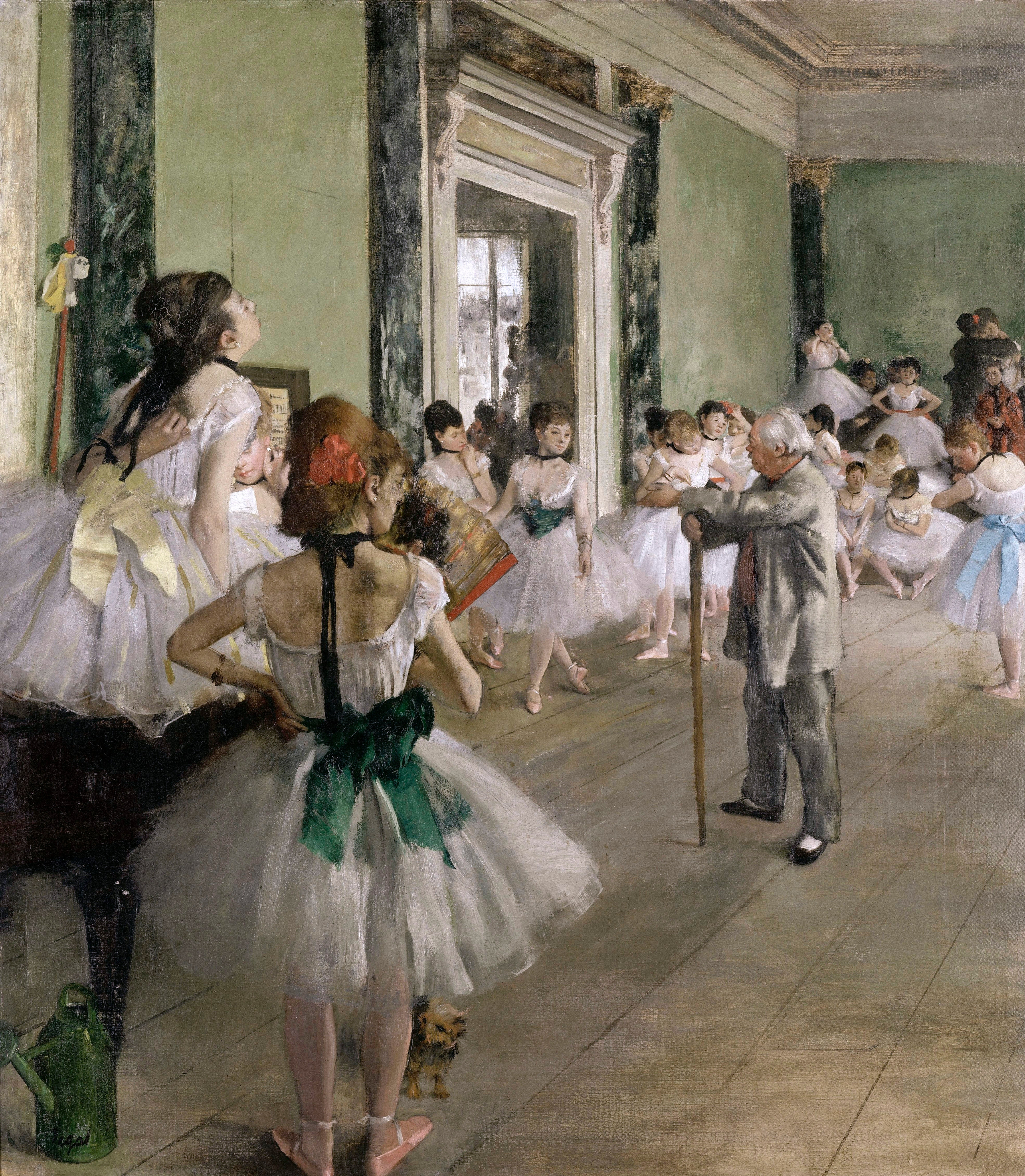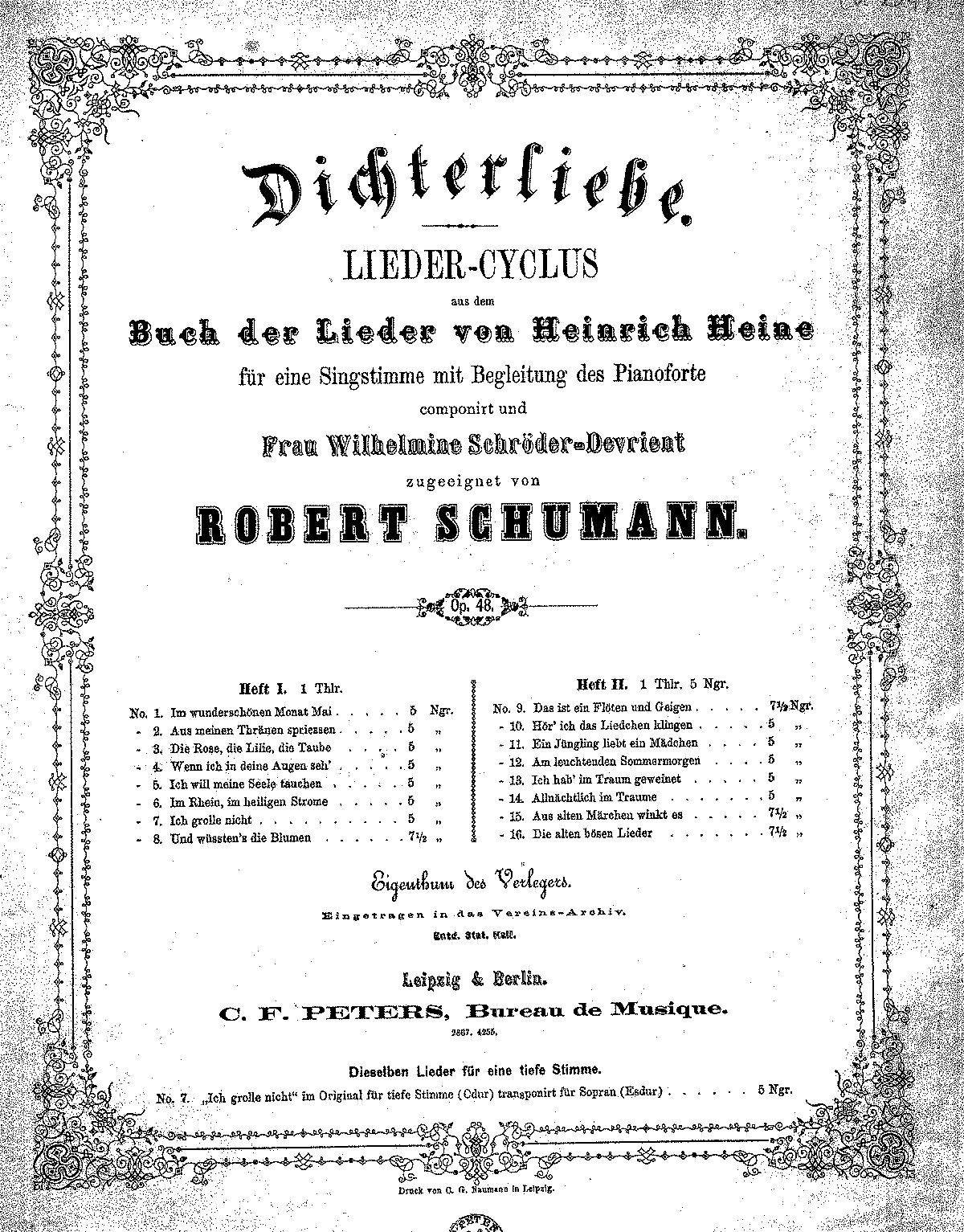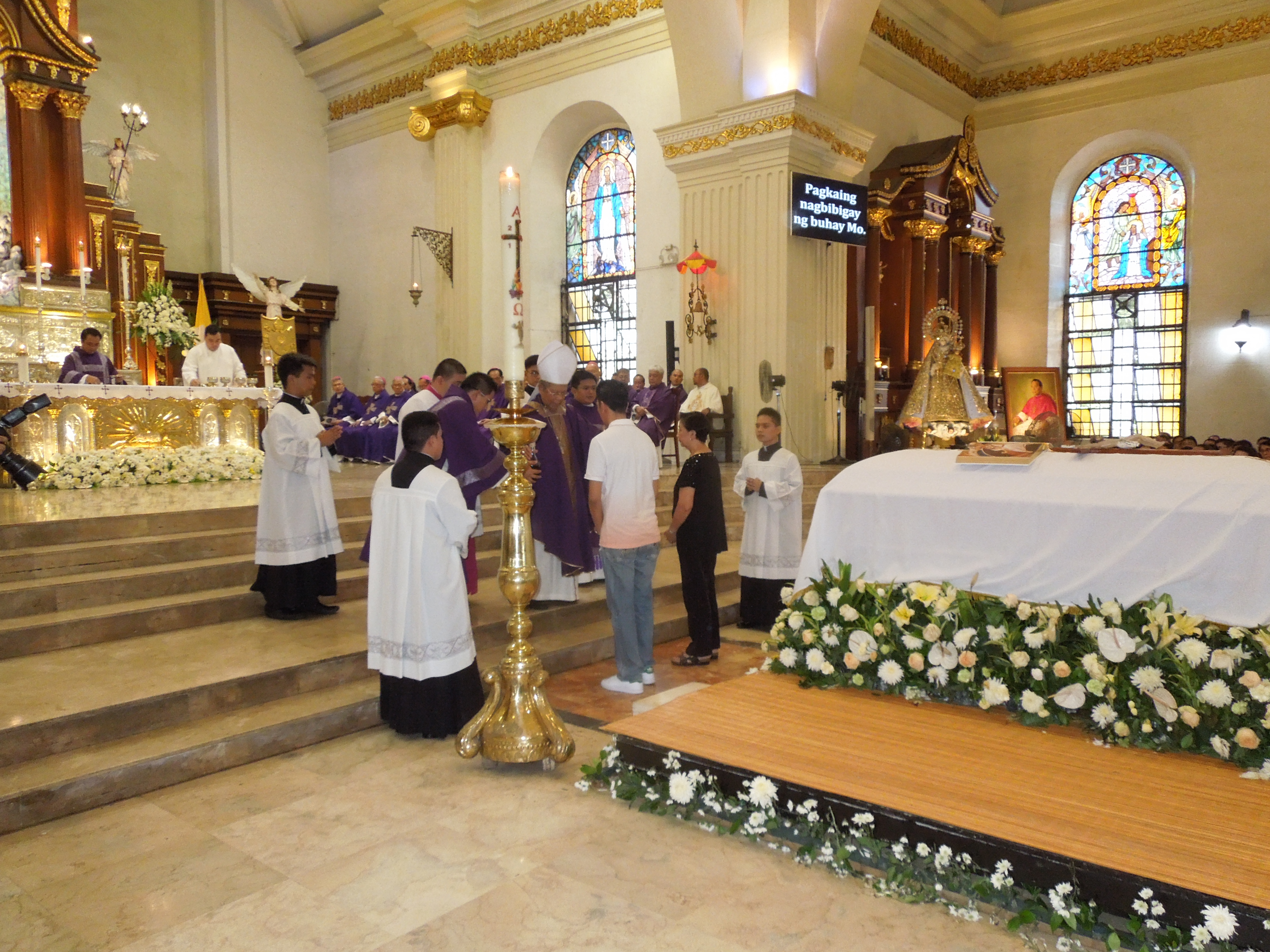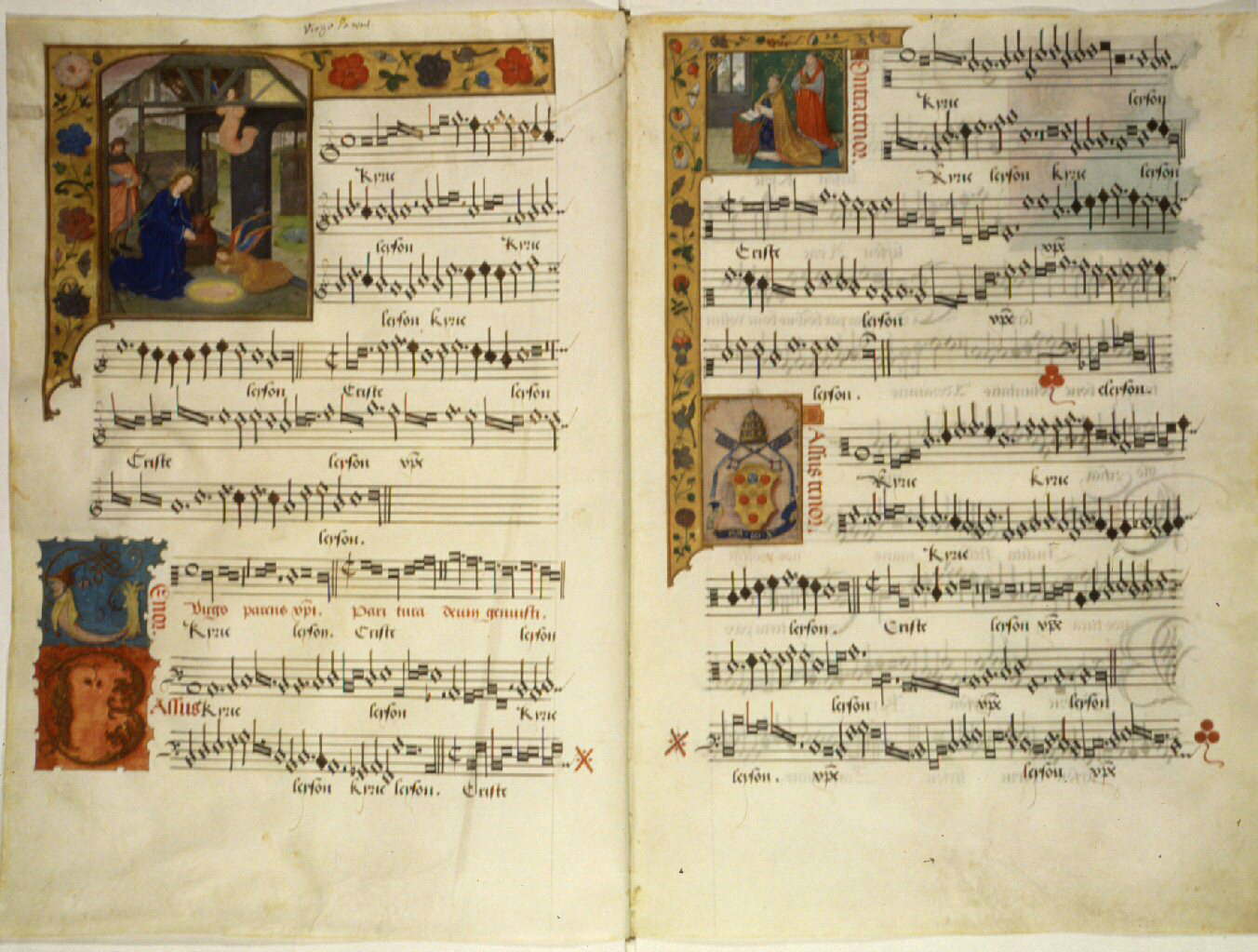|
György Kósa
György Kósa (24 April 1897 – 16 August 1984) was a Hungary, Hungarian composer. Life and career György Kósa was born in Budapest, Hungary on 24 April 1897. He began studying music with Béla Bartók when he was ten years old. From 1908-1912 he attended the Franz Liszt Academy of Music where he was a student of music composition with Zoltán Kodály, and Victor von Herzfeld. He also studied piano at that conservatory from 1908 through 1915, and later was a piano student of Ernst von Dohnányi in 1915-1916. Kósa worked at the Hungarian State Opera as a répétiteur in 1916-1917; notably serving in that capacity for the premiere production of Bartok's opera ''The Wooden Prince'' (1917). After World War I, he gave tours of Europe and North Africa before ultimately settling in Tripoli, Libya where he worked as a pit orchestra conductor in the city's theaters for two years. He returned to Hungary, and in 1927 joined the faculty of his alma mater, the Franz Liszt Academy of Music ... [...More Info...] [...Related Items...] OR: [Wikipedia] [Google] [Baidu] |
Ballet
Ballet () is a type of performance dance that originated during the Italian Renaissance in the fifteenth century and later developed into a concert dance form in France and Russia. It has since become a widespread and highly technical form of dance with Glossary of ballet, its own vocabulary. Ballet has been influential globally and has defined the foundational ballet technique, techniques which are used in many other dance genres and cultures. Various schools around the world have incorporated their own cultures. As a result, ballet has evolved in distinct ways. A ''ballet'' as a unified work of art, work comprises the choreography (dance), choreography and music for a ballet production. Ballets are choreographed and performed by trained ballet dancers. Traditional classical ballets are usually performed with classical music accompaniment and use elaborate costumes and staging, whereas modern ballets are often performed in simple costumes and without elaborate sets or scenery ... [...More Info...] [...Related Items...] OR: [Wikipedia] [Google] [Baidu] |
String Trio
A string trio is a group of three string instruments or a piece written for such a group. From at least the 19th century on, the term "string trio" with otherwise unspecified instrumentation normally refers to the combination violin, viola and cello. The classical string trio emerged during the mid-18th century and later expanded into four subgenres: the grand trio, the concertant trio, the brilliant trio, and the Hausmusik trio. Early history The earliest string trio, found during the mid 18th century, consisted of two violins and a cello, a grouping which had grown out of the Baroque trio sonata. Over the course of the late 18th century, the string trio scored for violin, viola, and cello came to be the predominant type.Tilmouth, Michael (2001). “String trio”. ''Grove Music Online.'' Oxford University Press, 2001. String trios scored for two violins and viola were also used, although much less frequently.Brook, Barry S. (1983). “Haydn's String Trios: A Misunderstood Genre.” ... [...More Info...] [...Related Items...] OR: [Wikipedia] [Google] [Baidu] |
Lied
In the Western classical music tradition, ( , ; , ; ) is a term for setting poetry to classical music. The term is used for any kind of song in contemporary German and Dutch, but among English and French speakers, is often used interchangeably with "art song" to encompass works that the tradition has inspired in other languages as well. The poems that have been made into lieder often center on pastoral themes or themes of romantic love. The earliest ''Lieder'' date from the late fourteenth or early fifteenth centuries, and can even refer to from as early as the 12th and 13th centuries. It later came especially to refer to settings of Romantic poetry during the late eighteenth and nineteenth centuries, and into the early twentieth century. Examples include settings by Joseph Haydn, Wolfgang Amadeus Mozart, Ludwig van Beethoven, Franz Schubert, Robert Schumann, Johannes Brahms, Hugo Wolf, Gustav Mahler or Richard Strauss. History Terminology For German speakers, the ... [...More Info...] [...Related Items...] OR: [Wikipedia] [Google] [Baidu] |
Requiem
A Requiem (Latin: ''rest'') or Requiem Mass, also known as Mass for the dead () or Mass of the dead (), is a Mass of the Catholic Church offered for the repose of the souls of the deceased, using a particular form of the Roman Missal. It is usually celebrated in the context of a funeral (where in some countries it is often called a Funeral Mass). Musical settings of the propers of the Requiem Mass are also called Requiems, and the term has subsequently been applied to other musical compositions associated with death, dying, and mourning, even when they lack religious or liturgical relevance. The term is also used for similar ceremonies outside the Catholic Church, especially in Western Rite Orthodox Christianity, the Anglo-Catholic tradition of Anglicanism, and in certain Lutheran churches. A comparable service, with a wholly different ritual form and texts, exists in the Eastern Orthodox and Eastern Catholic churches as well as some Methodist churches. The Mass and i ... [...More Info...] [...Related Items...] OR: [Wikipedia] [Google] [Baidu] |
Mass (music)
The Mass () is a form of sacred musical composition that sets the invariable portions of the Christian Eucharistic liturgy (principally that of the Catholic Church, the Anglican Communion, and Lutheranism), known as the Mass. Most Masses are settings of the liturgy in Latin, the sacred language of the Catholic Church's Roman Rite, but there are a significant number written in the languages of non-Catholic countries where vernacular worship has long been the norm. For example, there have been many Masses written in English for a United States context since the Second Vatican Council, and others (often called "communion services") for the Church of England. Masses can be ''a cappella'', that is, without an independent accompaniment, or they can be accompanied by instrumental '' obbligatos'' up to and including a full orchestra. Many masses, especially later ones, were never intended to be performed during the celebration of an actual mass. History Middle Ages The earliest ... [...More Info...] [...Related Items...] OR: [Wikipedia] [Google] [Baidu] |
Cantata
A cantata (; ; literally "sung", past participle feminine singular of the Italian language, Italian verb ''cantare'', "to sing") is a vocal music, vocal Musical composition, composition with an musical instrument, instrumental accompaniment, typically in several movement (music), movements, often involving a choir. The meaning of the term changed over time, from the simple single-voice Madrigal (music), madrigal of the early 17th century, to the multi-voice "cantata da camera" and the "cantata da chiesa" of the later part of that century, from the more substantial dramatic forms of the 18th century to the usually sacred-texted 19th-century cantata, which was effectively a type of short oratorio. Cantatas for use in the liturgy of church services are called church cantata or sacred cantatas; other cantatas can be indicated as secular cantatas. Several cantatas were, and still are, written for special occasions, such as Christmas cantatas. Christoph Graupner, Georg Philipp Teleman ... [...More Info...] [...Related Items...] OR: [Wikipedia] [Google] [Baidu] |
Oratorio
An oratorio () is a musical composition with dramatic or narrative text for choir, soloists and orchestra or other ensemble. Similar to opera, an oratorio includes the use of a choir, soloists, an instrumental ensemble, various distinguishable characters (e.g. soloists), and arias. However, opera is musical theatre, and typically involves significant theatrical spectacle, including sets, props, and costuming, as well as staged interactions between characters. In oratorio, there is generally minimal staging, with the chorus often assuming a more central dramatic role, and the work is typically presented as a concert piece – though oratorios are sometimes staged as operas, and operas are not infrequently presented in concert form. A particularly important difference between opera and oratorio is in the typical subject matter of the text. An opera libretto may deal with any conceivable dramatic subject (e.g. history, mythology, Richard Nixon, Anna Nicole Smith an ... [...More Info...] [...Related Items...] OR: [Wikipedia] [Google] [Baidu] |
Chamber Music
Chamber music is a form of classical music that is composed for a small group of Musical instrument, instruments—traditionally a group that could fit in a Great chamber, palace chamber or a large room. Most broadly, it includes any art music that is performed by a small number of performers, with one performer to a part (in contrast to orchestral music, in which each string part is played by a number of performers). However, by convention, it usually does not include solo instrument performances. Because of its intimate nature, chamber music has been described as "the music of friends". For more than 100 years, chamber music was played primarily by amateur musicians in their homes, and even today, when chamber music performance has migrated from the home to the concert hall, many musicians, amateur and professional, still play chamber music for their own pleasure. Playing chamber music requires special skills, both musical and social, that differ from the skills required for ... [...More Info...] [...Related Items...] OR: [Wikipedia] [Google] [Baidu] |
Suite (music)
A suite, in Western classical music, is an ordered set of instrumental or orchestral/concert band pieces. It originated in the late 14th century as a pairing of dance tunes; and grew in scope so that by the early 17th century it comprised up to five dances, sometimes with a Prelude (music), prelude. The separate Movement (music), movements were often thematically and tonally linked. The term can also be used to refer to similar forms in other musical traditions, such as the Ottoman Classical Music, Turkish fasıl and the Arab music, Arab nuubaat. In the Baroque music, Baroque era, the suite was an important musical form, also known as ''Suite de danses'', ''Ordre'' (the term favored by François Couperin), ''Partita'', or ''Ouverture'' (after the theatrical "overture" which often included a series of dances) as with the orchestral suites of Christoph Graupner, Georg Philipp Telemann, Telemann and Johann Sebastian Bach, J.S. Bach. During the 18th century, the suite fell out of fav ... [...More Info...] [...Related Items...] OR: [Wikipedia] [Google] [Baidu] |
Orchestra
An orchestra (; ) is a large instrumental ensemble typical of classical music, which combines instruments from different families. There are typically four main sections of instruments: * String instruments, such as the violin, viola, cello, and double bass * Woodwinds, such as the flute, oboe, clarinet, bassoon, and occasional saxophone * Brass instruments, such as the French horn (commonly known as the "horn"), trumpet, trombone, cornet, and tuba, and sometimes euphonium * Percussion instruments, such as the timpani, snare drum, bass drum, cymbals, triangle, tambourine, tam-tam and mallet percussion instruments Other instruments such as the piano, harpsichord, pipe organ, and celesta may sometimes appear in a fifth keyboard section or may stand alone as soloist instruments, as may the concert harp and, for performances of some modern compositions, electronic instruments, and guitars. A full-size Western orchestra may sometimes be called a or phil ... [...More Info...] [...Related Items...] OR: [Wikipedia] [Google] [Baidu] |






